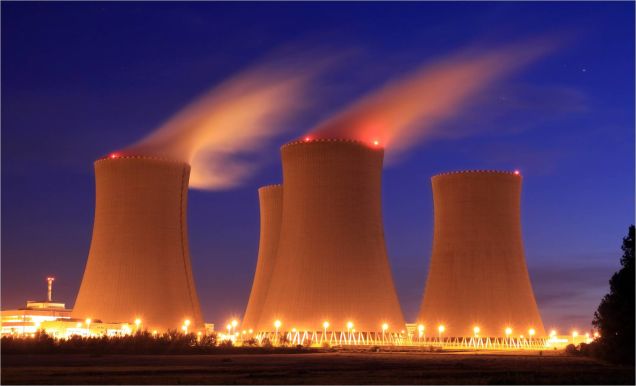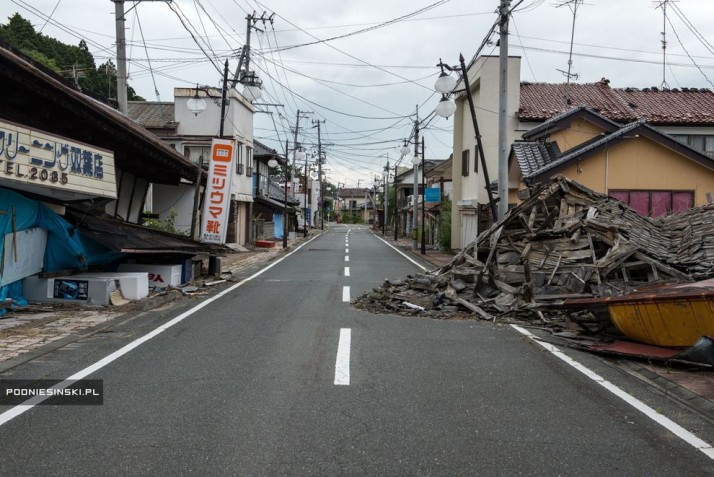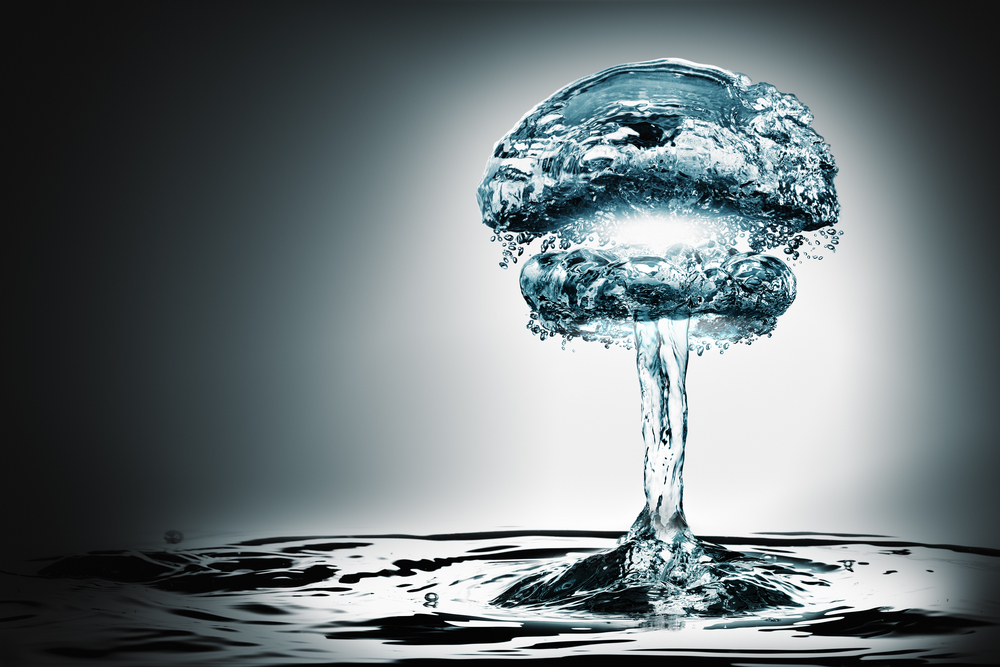The film’s emotional heart comes from an unexpected source: NRC Chairman Gregory Jaczko, a political appointee who occupied the position of chief nuclear industry regulator from 2009 to 2012. Jaczko—a twiggy, earnest bureaucratic functionary who bears an uncommon resemblance to NBA Commissioner Adam Silver—went to Fukushima and was deeply affected by what he saw. He began to push through reforms designed to ensure plant safety—reforms that could cost energy companies billions and lead to the shutdown of some plants. “Part of the NRC’s job might be to shut down all nuclear plants,” Jaczko muses. He doesn’t trust the design of many of the United States’s decades-old reactors, including the three that comprise Indian Point.
These comments pass for radicalism in the nuclear world. Jaczko’s proposed measures incensed the industry, which never respected Jaczko in the first place (his PhD is in theoretical physics, but he doesn’t have much of a nuclear background). One industry blogger quoted in the film happily announces that “there are other people who could be worse” than Jaczko—“but not much worse.”
An internal coup, likely abetted by his enemies in the nuclear industry, drove Jaczko out of his job. Four NRC commissioners publicly came out against his reforms, and accusations appeared that Jaczko was a bully or just too difficult to work with. In an excruciating scene, Jaczko sits meekly before a Congressional committee while several of his fellow commissioners, sitting right next to him, excoriate his job performance. Republican Representatives Darrell Issa and Trey Gowdy join the pile-on and blast Jaczko, who sits in pursed-lip silence. At one point, Senator Barbara Boxer tries to fly to the chief regulator’s aid, claiming that she thinks the opposition to Jaczko is based more on industry discontent than any issues with his leadership. “I think it’s about how fast people want to move on nuclear safety,” Boxer says. “Look at what happened in Fukushima. God forbid something like that were to happen here.”
Along with Boxer, several other Democratic politicians spoke out in defense of Jaczko, but his career was already torched. He later resigned his chairmanship. An inspector general report found no wrongdoing on his part. His successor lasted a mere 18 months. Now Jaczko speaks on nuclear safety, but he’s been unable to find steady work. Most of his predecessors, he notes, found jobs with the industry they had previously regulated, and he suspects that he has essentially been blackballed by the energy companies. “The influence of industry in government is extreme right now,” Jaczko says. His experience serves as a message to future commissioners who might cross the nuclear industry.z
The other question hovering over the film is how much longer Indian Point can last. Activists from a range of groups, including the River Keepers, who patrol and monitor the waters of the Hudson, seem to be gaining public support. The plant is more than 40 years old, Governor Andrew Cuomo and other state officials want to shut it down, and the New York Department of Environmental Conservation already determined that the plant’s use of Hudson River water violates the Clean Water Act. While Entergy fights to get Indian Point re-certified for another generation’s use, Reactor 2 has been allowed to continue to operate without a license—making it the only such reactor in the U.S., the film notes.
By the movie’s end, it’s hard to escape the sense that while the plant’s on-the-ground staff appears highly competent and committed to retrofitting the plant for as long as required, Indian Point is still doomed. And that’s perhaps as it should be. The problem of disposing of nuclear waste, which lasts for more than 200,000 years, remains unsolved. (Some of Indian Point’s radioactive waste sits in large green drums on a piece of outdoor tarmac on the plant’s grounds.) The nuclear plant’s engineers may be able to keep things humming in the medium-term, but there’s always the problem of accumulating waste and the fear of a Fukushima-like natural disaster that overwhelms all plant defenses. On a long enough timeline, one of these problems will emerge, and the results will be nightmarish.
Indian Point never contends with the issue of whether New York can afford to dump nuclear power, as Japan and Germany resolved to do after the Fukushima disaster. But the moral valence here—the feeling that nuclear power, no matter how diligently monitored, contains the seeds of its own inevitable catastrophe—overrides all. It seems monstrous to continue down this path, whatever the efficiencies gained in energy generation. And as Jaczko’s experience illustrates, nuclear industry officials, and the regulators they’ve captured, inspire little trust. “We don’t believe you anymore,” declares a community activist who has been attending NRC meetings for more than 30 years. After watching Indian Point, I don’t either.





















